Innovation in Fragrance Technology
The Fragrance Ingredients Market is benefiting from continuous innovation in fragrance technology. Advances in extraction methods, such as supercritical CO2 extraction and biotechnology, are enabling manufacturers to create more complex and appealing scent profiles. These technological advancements allow for the development of sustainable and high-quality fragrance ingredients, which are increasingly sought after by consumers. Furthermore, the integration of artificial intelligence in fragrance formulation is streamlining the product development process, enabling brands to respond swiftly to market trends. As a result, the market is witnessing a diversification of fragrance offerings, catering to various consumer preferences and applications. This innovation not only enhances the quality of fragrance ingredients but also positions companies competitively within the Fragrance Ingredients Market.
Rising Demand for Natural Ingredients
The Fragrance Ingredients Market is witnessing a notable shift towards natural and organic ingredients. Consumers increasingly prefer products that are free from synthetic chemicals, which has led to a surge in demand for natural fragrance components. According to recent data, the market for natural fragrances is projected to grow at a compound annual growth rate of approximately 8% over the next five years. This trend is driven by heightened awareness of health and environmental issues, prompting manufacturers to reformulate their products. As a result, companies are investing in sourcing sustainable raw materials, which not only meets consumer preferences but also aligns with regulatory standards. This growing inclination towards natural ingredients is reshaping the competitive landscape of the Fragrance Ingredients Market, compelling brands to innovate and adapt their offerings.
E-commerce Growth and Digital Marketing
The Fragrance Ingredients Market is experiencing a transformation due to the rapid growth of e-commerce and digital marketing strategies. As consumers increasingly turn to online platforms for purchasing personal care and fragrance products, companies are adapting their marketing approaches to reach a broader audience. Data suggests that e-commerce sales in the beauty and personal care sector are projected to account for over 30% of total sales by 2025. This shift is prompting fragrance manufacturers to invest in online branding and direct-to-consumer sales channels. Enhanced digital marketing efforts, including social media campaigns and influencer partnerships, are also playing a crucial role in promoting fragrance products. This evolving landscape not only increases accessibility for consumers but also drives competition among brands, ultimately impacting the dynamics of the Fragrance Ingredients Market.
Regulatory Compliance and Safety Standards
The Fragrance Ingredients Market is significantly impacted by the evolving landscape of regulatory compliance and safety standards. Governments and regulatory bodies are increasingly scrutinizing the safety of fragrance ingredients, leading to stricter regulations. This trend is particularly evident in regions where consumer safety is a top priority, prompting manufacturers to ensure that their products meet these standards. Compliance with regulations not only protects consumers but also enhances brand reputation. Companies are investing in research and development to create safer and more sustainable fragrance ingredients, which can lead to a competitive advantage in the market. As the regulatory environment continues to evolve, the Fragrance Ingredients Market must adapt to these changes, ensuring that products are both compliant and appealing to health-conscious consumers.
Expansion of Personal Care and Cosmetics Sector
The Fragrance Ingredients Market is significantly influenced by the expansion of the personal care and cosmetics sector. With the increasing consumer spending on beauty and grooming products, the demand for fragrance ingredients is on the rise. Recent statistics indicate that The Fragrance Ingredients Market is expected to reach over 800 billion dollars by 2025, with fragrance being a key component of many products. This growth is attributed to changing lifestyles, rising disposable incomes, and a growing emphasis on personal grooming. Consequently, fragrance manufacturers are focusing on developing unique scent profiles to cater to diverse consumer preferences. This expansion not only boosts the demand for fragrance ingredients but also encourages innovation in formulation techniques, thereby enhancing the overall market dynamics of the Fragrance Ingredients Market.
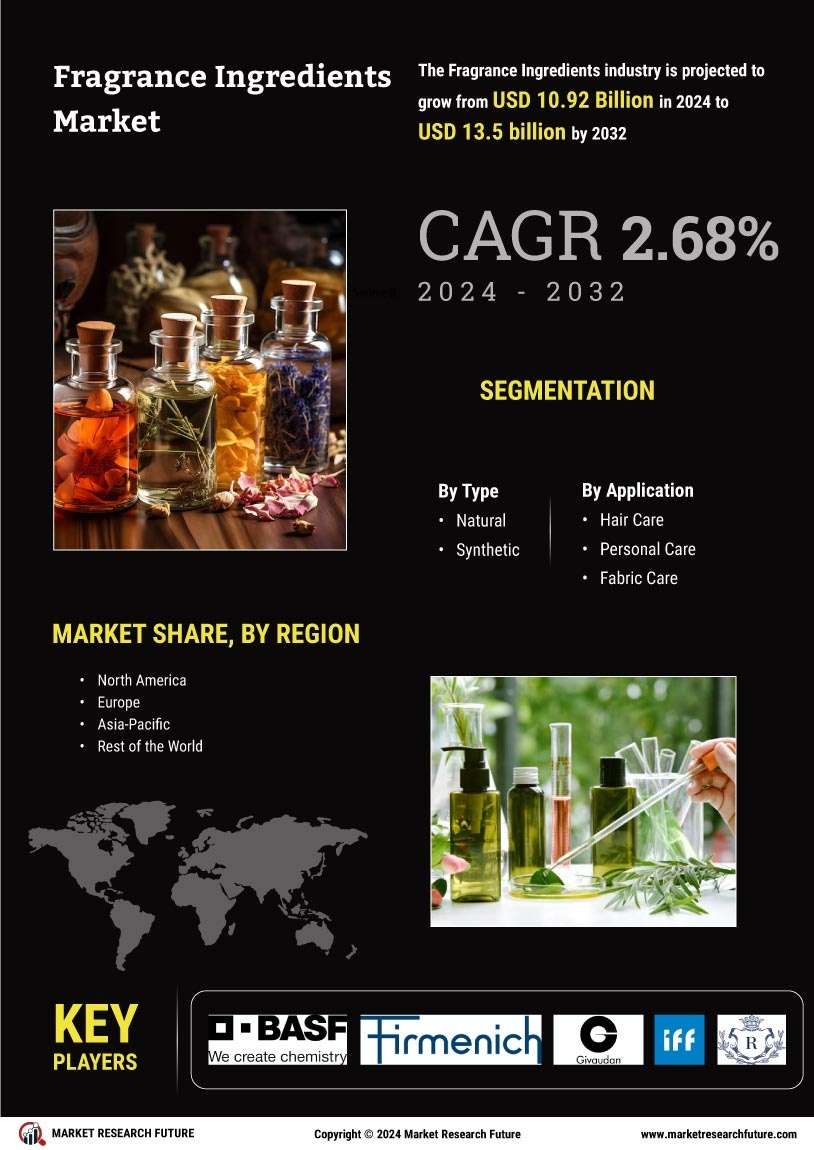

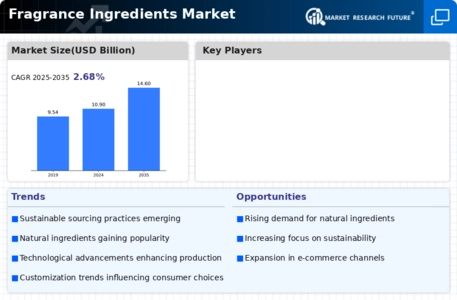
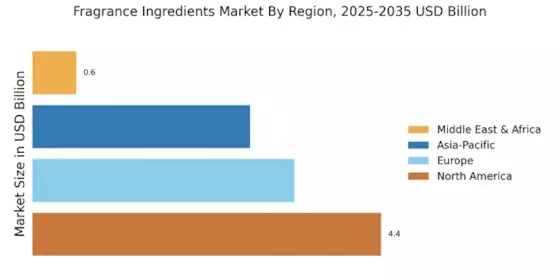
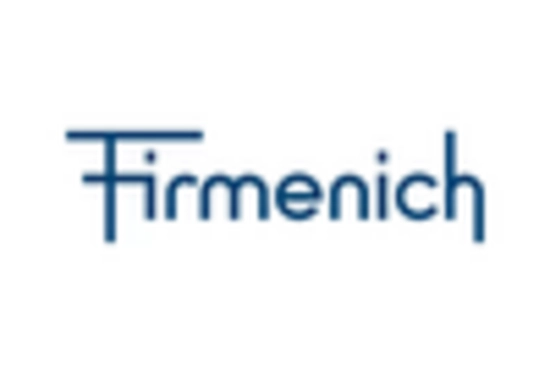
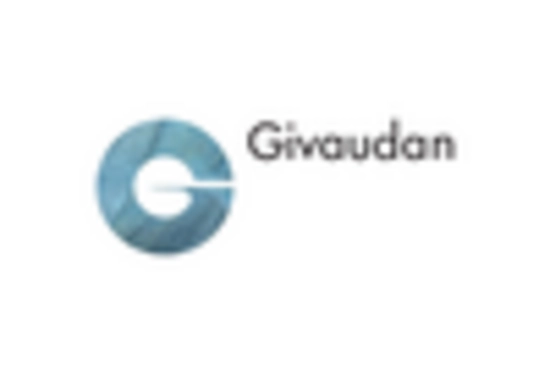



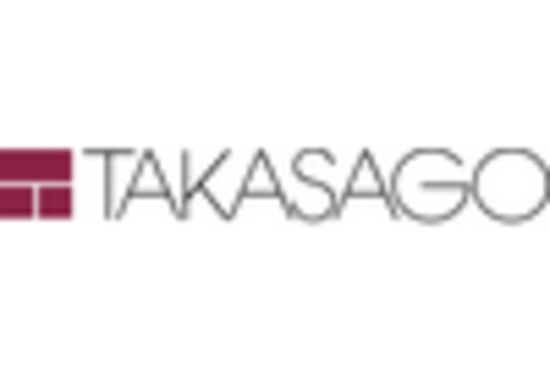








Leave a Comment